The A-10 Warthog
October 1975 saw the delivery of the first A-10A in production at Davis-Monthan Air Force Base (AFB), in Arizona.

Over the years, numerous enhancements have been made to the A-10 Warthog (also known as the famous Thunderbolt II) CAS aircraft by her aircrew. The Pave Penny laser receiver pod, which sensed reflected laser radiation from a laser designator, was installed in the aircraft in 1978. Now that more capable and sophisticated targeting pods are available, Pave Penney has been phased out. Inertial navigation systems were first installed on the A-10 in 1980.

A-10 history also included a significant event that happened on December 18, 1981.
That day, two A-10 aircraft from the Fairchild-Republic factory in Hagerstown, Maryland, arrived at Eielson Air Force Base (AFB). According to Don Fenton, the historian of the 354th Fighter Wing, in the article “Arctic camouflage makes Eielson’s hogs unique,” the aircraft tail numbers of the first two A-10s assigned to Eielson were 80-221 and 80-222.
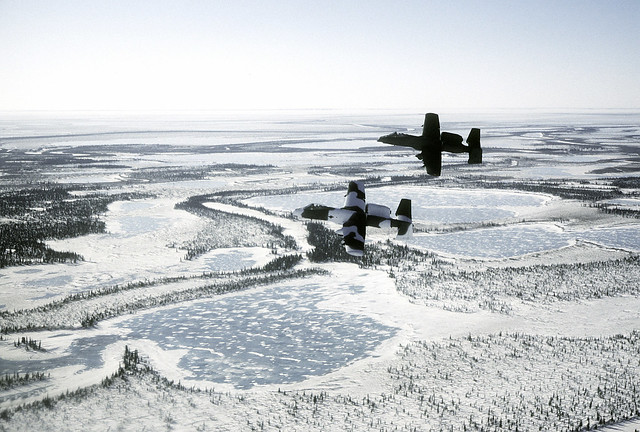
Can you guess how the two hogs shown in this post’s images are different from one another?
From A-10 Warthog to A-10 Snowhog
The two “hogs” are identical in every way except for the color. Whereas a warthog is entirely gray or green, a snowhog is covered with arctic camouflage. Both Snowhogs and Warthogs are nicknames for the two A-10s.
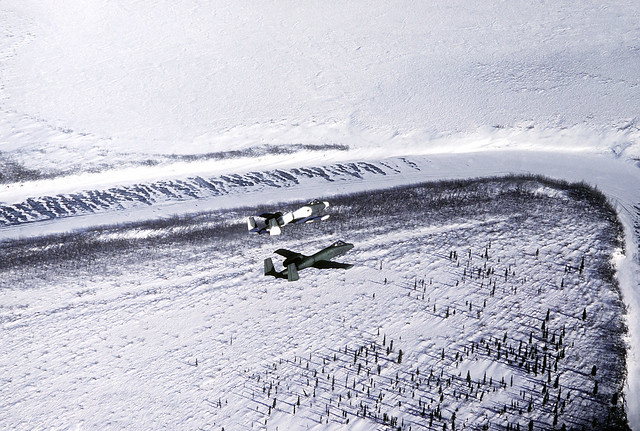
Nevertheless, 80-221 was repainted in an arctic camouflage scheme shortly after arriving at Eielson. This was carried out as a test for an upcoming exercise known as Operation Cool Snow Hog.
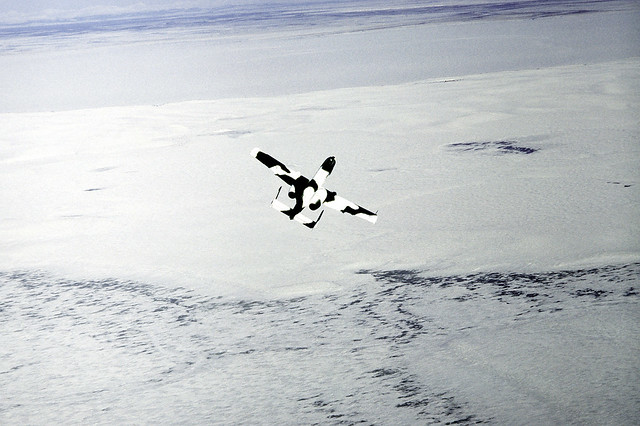
From March 8 to 16, 1982, a forward operating location in Kotzebue, Alaska, hosted the exercise.
Cool Snow Hog
Cool Snow Hog represented the Air Force’s first test of forward-basing A-10s in Alaska. Overall, the plan called for the Air Force to fly 16 close-air-support sorties in support of the 3rd Scout Battalion of the Alaska Army National Guard.
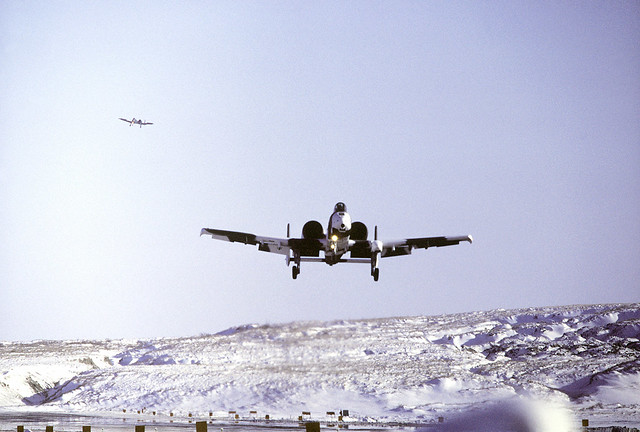
The forward operating location concept was put to the test during the next few years with a variety of operational readiness exercises and major joint forces exercises like BRIM FROST, but the exercises were never again called Cool Snow Hog exercises.
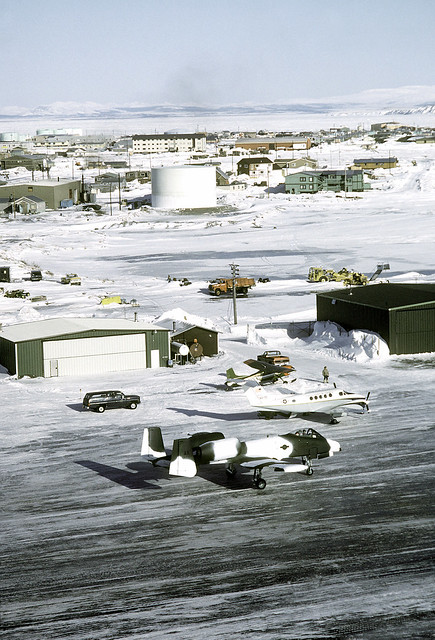
It is important to remember that this paint scheme was merely an experiment. A-10s never operated in the arctic scheme for an extended period of time because the Air Force never fully adopted it. There are a few sources that claim that up to three more A-10s were painted in a similar manner, but no official records have been found to support this claim. The Hogs nevertheless look fantastic.
Photo by SSGT Bill Thompson / U.S. Air Force

